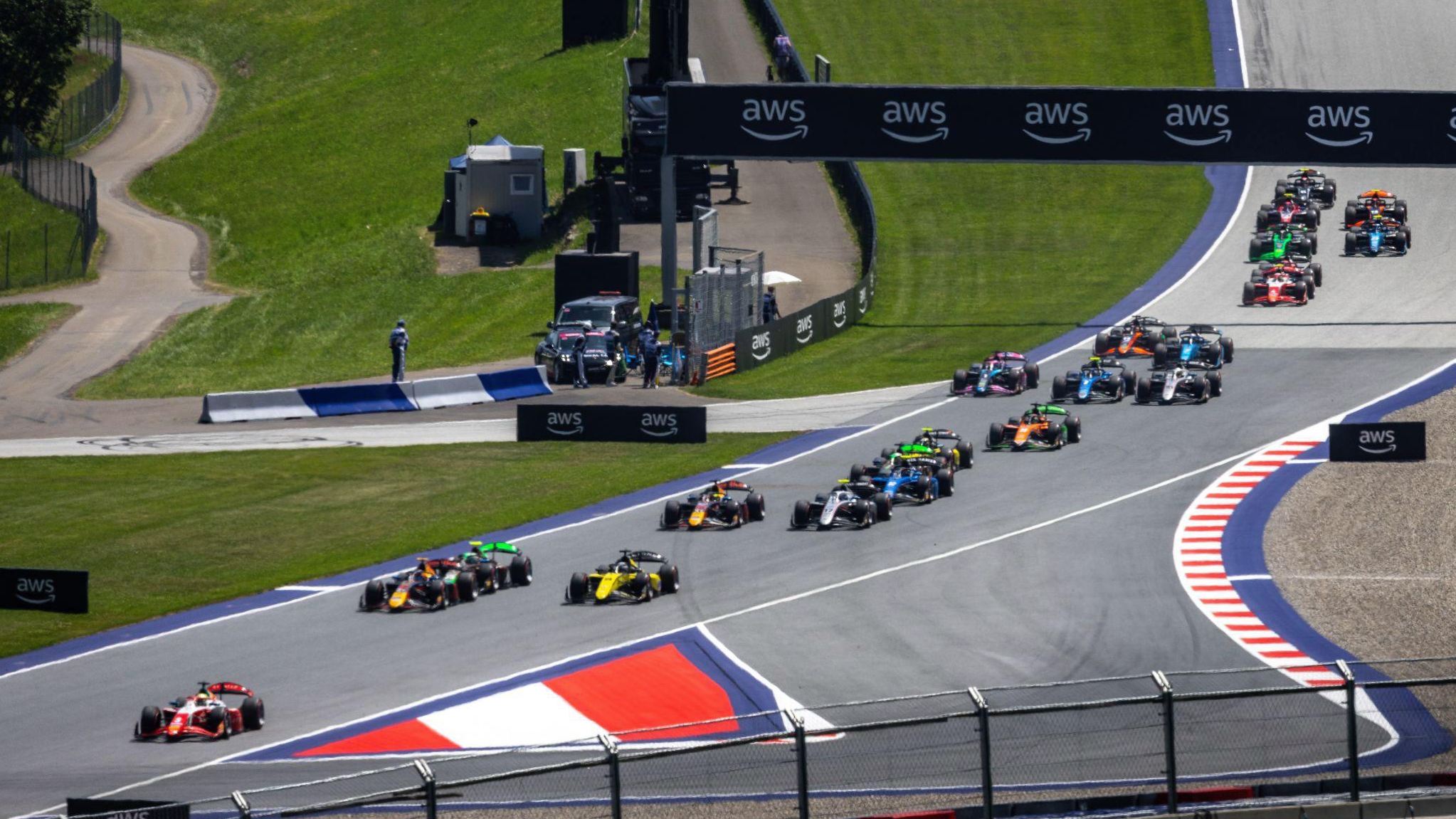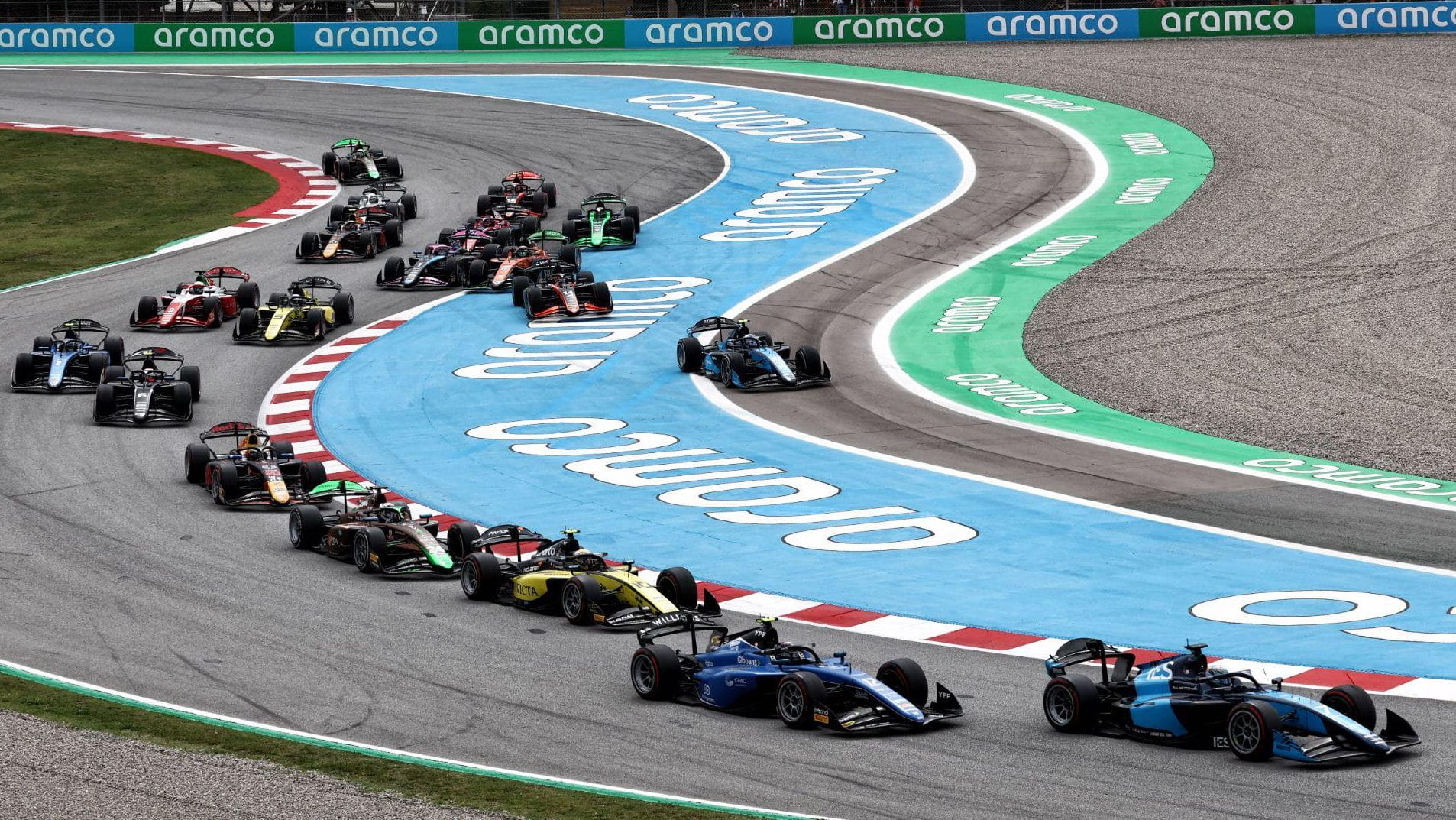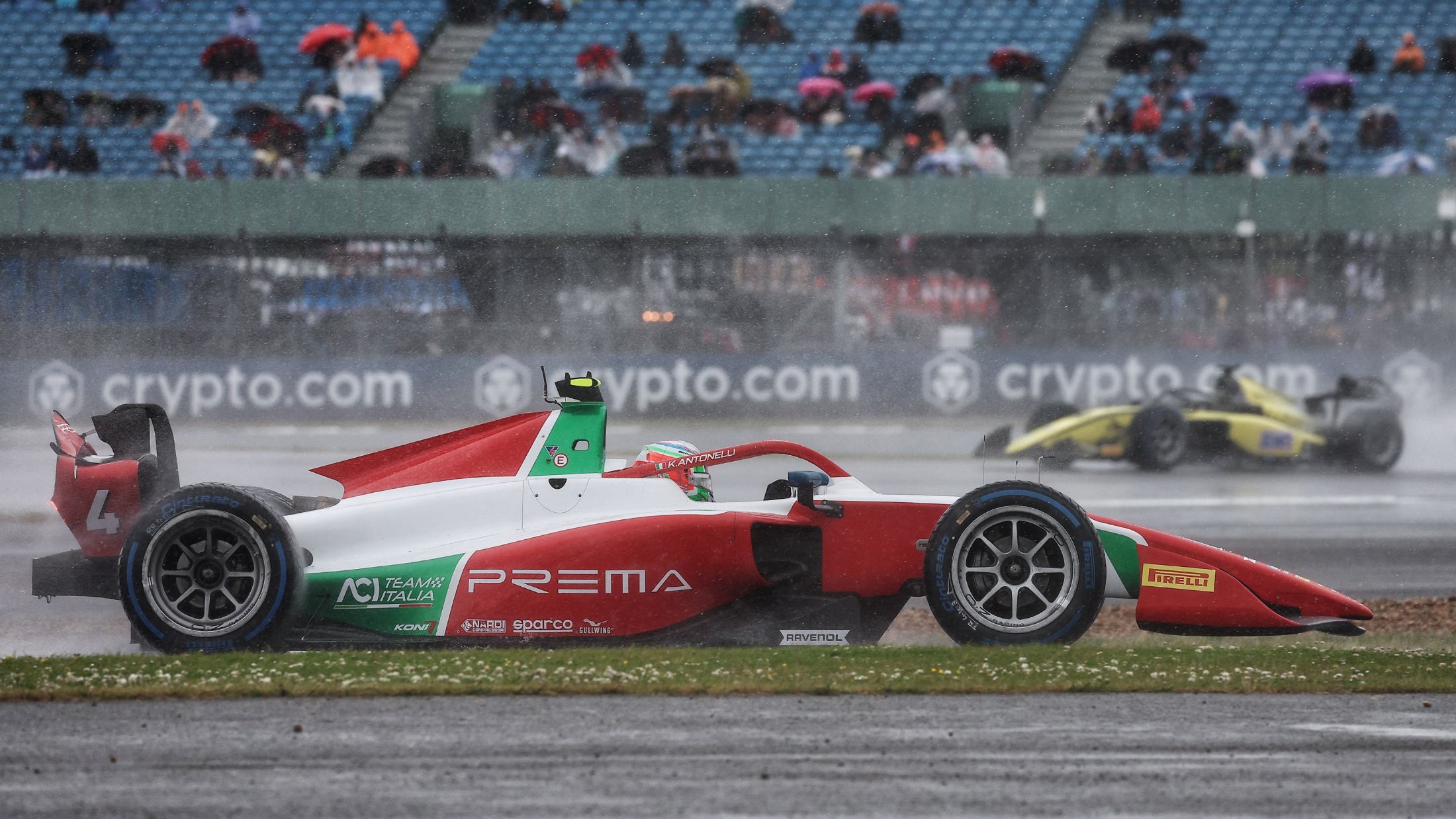Car
Formula 2 2024 season: Temperature and strategy prove key at Hungaroring
by Valentin Khorounzhiy
5min read
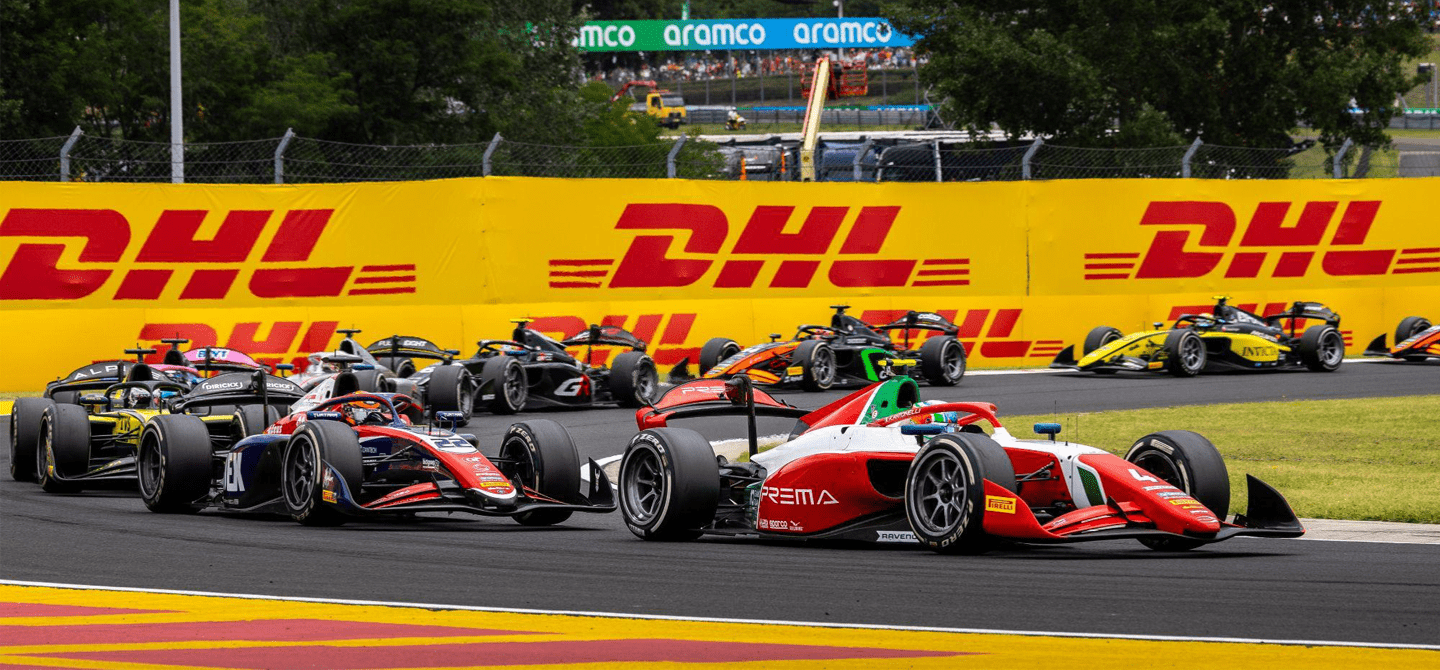
The competitive picture from the start of Formula 2's ninth round of the season at the Hungaroring was completely unrecognisable by its end, as Hungarian weather, tyre supplier Pirelli's choices for the weekend, and specific race circumstances served up repeated curveballs.
.jpg?cx=0.5&cy=0.5)
Car, Innovation
Formula 1 brakes: The science of how F1 cars slow down from 360km/h
None of the top three qualifiers finished in the top three in the feature race. That main race was twice turned on its head by safety car interruptions. And the sprint had been decided by a pre-race 50/50 strategic choice - only to then be re-decided by a post-race disqualification.
Why temperature management was key in qualifying
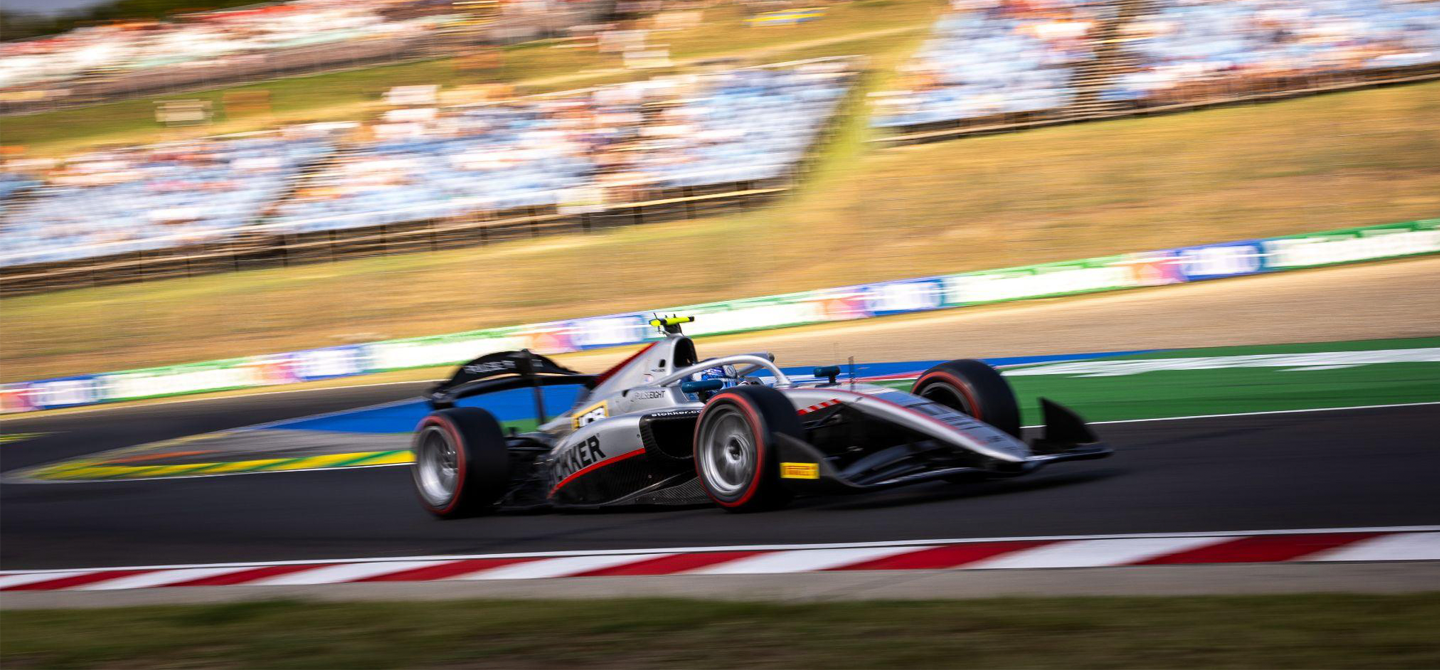
Hitech driver Paul Aron qualified on pole position amid the intense heat at the Hungaroring
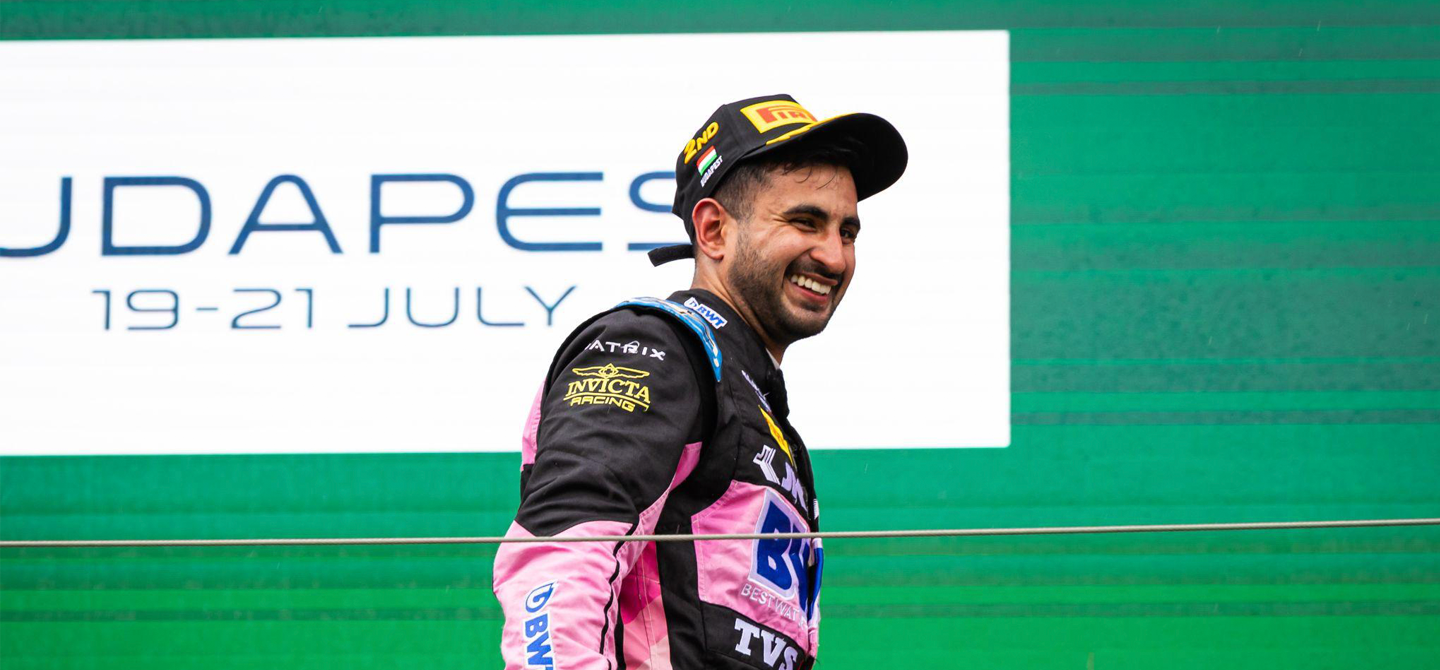
Invicta driver Kush Maini celebrates second in the Hungary F2 sprint race - but he was later promoted to first
The temperature swing
The high temperatures didn’t carry over from qualifying on Friday. For Saturday’s sprint race, track temperature cooled by 20° and it stayed that way on Sunday.
Pirelli brought the soft and hard compounds to Hungary as the ‘option’ and ‘prime’ tyre, respectively. The expectation was that lower temperatures would give the option tyre more life and, given the soft tyre offers more grip, that was an enticing prospect.
Of the 22 drivers in the race, 12 - just over half - went for the soft instead of the more conventional hard-tyre choice. And it didn't really work out.
"Well, as many times in F2, you have a long strategy meeting - but in the end, at least me, you always decide on the grid," added Trident’s Richard Verschoor, who did choose the hard tyre and was first at the chequered flag - before being disqualified.
"But I did the outlaps before the race and I felt so good on the hard tyre that it was basically my call just to stick to that tyre."
Invicta Racing’s Kush Maini, who finished second - but ended up winning the race due to Verschoor’s disqualification - on the hard tyre, admitted that "you generally go for the tyre that's going to get you off the line quicker". That would be the soft compound.
The soft compound briefly worked for Prema’s Kimi Antonelli and ART Grand Prix’s Victor Martins - who made up places at the start but fell down the order due to tyre wear later on. Van Amersfoort Racing's Enzo Fittipaldi, who also chose softs to start, had his front-left tyre completely delaminate after a massive lock-up of his own.
Martins did manage to eke out the soft tyres to a podium finish - but it took some serious tyre management and compromised his race pace.
Why Verschoor was disqualified in Hungary
Having nailed the tyre choice, Verschoor then paid the price for a mistake elsewhere, in being disqualified after the sprint race for too much wear on the rear plank on the car's floor.
The rear plank is a piece of wood that sits at the lowest point of the car. It is used to prevent teams running their cars too low to the ground. The FIA mandates that the plank must be 5 millimetres thick and “a minimum thickness of 4mm will be accepted due to wear.”
Running an F2 car as low as possible is advantageous because air needs to speed up as it travels below the car. The faster the speed of the flow under the car, the lower the pressure. If the pressure underneath the car is far lower than the pressure created by flow travelling above the car, then downforce is created.
Having the car too low can be dangerous, however, as it can be uncomfortable for the driver - and if the car is too low it could ‘bottom out’ - bouncing off the ground and then rising back up, which instantly slows down the flow underneath the car and loses downforce that could affect the car’s performance through corners.
Verschoor lost his Saturday sprint race win because “the rear plank did not comply with the minimum thickness required”.
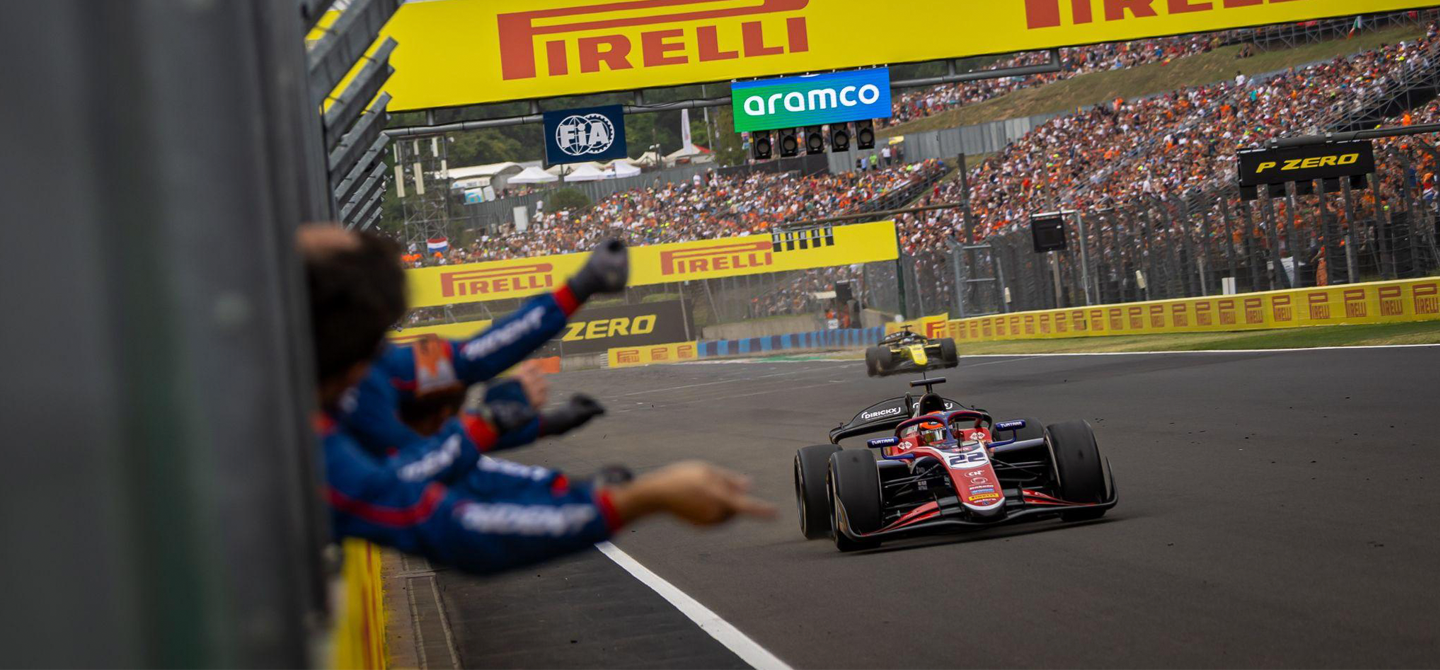
Trident’s Richard Verschoor took the chequered flag for the sprint race - but was subsequently disqualified for excessive plank wear

Prema’s Kimi Antonelli celebrates his maiden F2 feature race win having fallen down the order in the sprint race
A complete turnaround
Next steps in F2 and F3 accessibility push
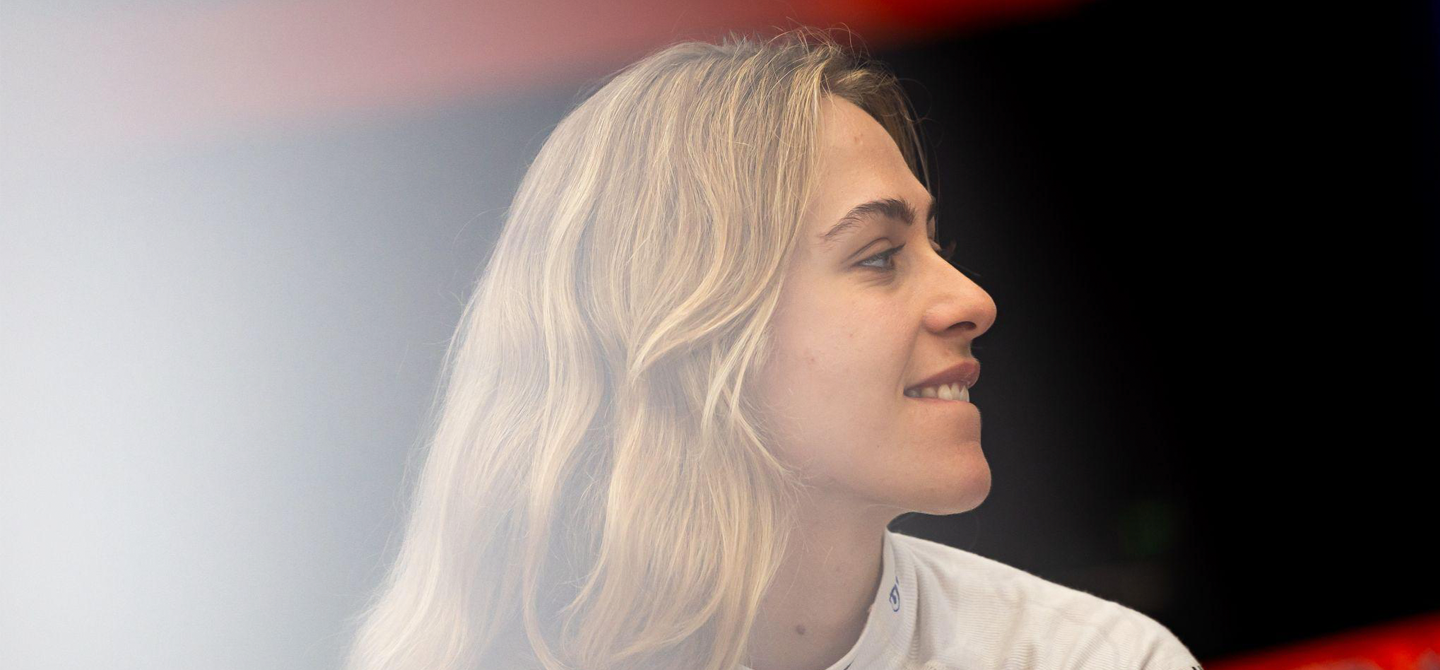
Sophia Floersch tested the F2 car as part of an FIA push to improve accessibility
.jpg?cx=0.5&cy=0.5)
